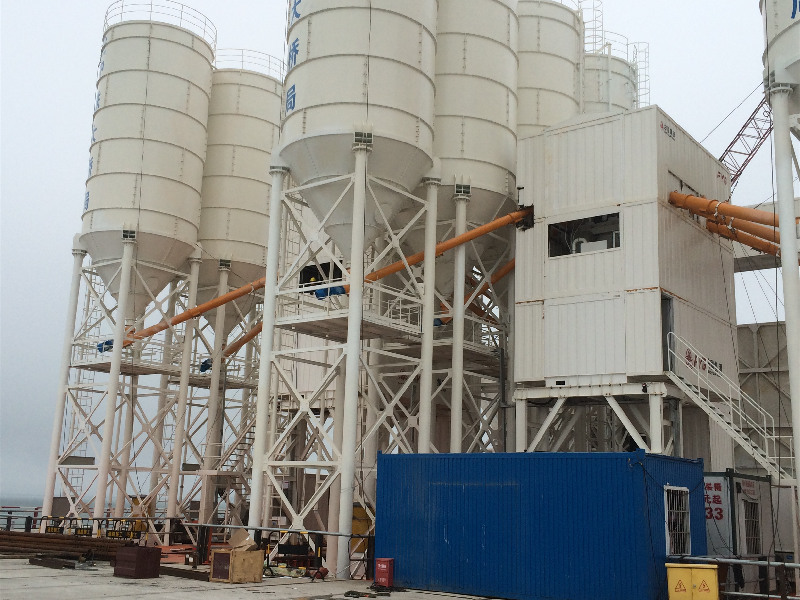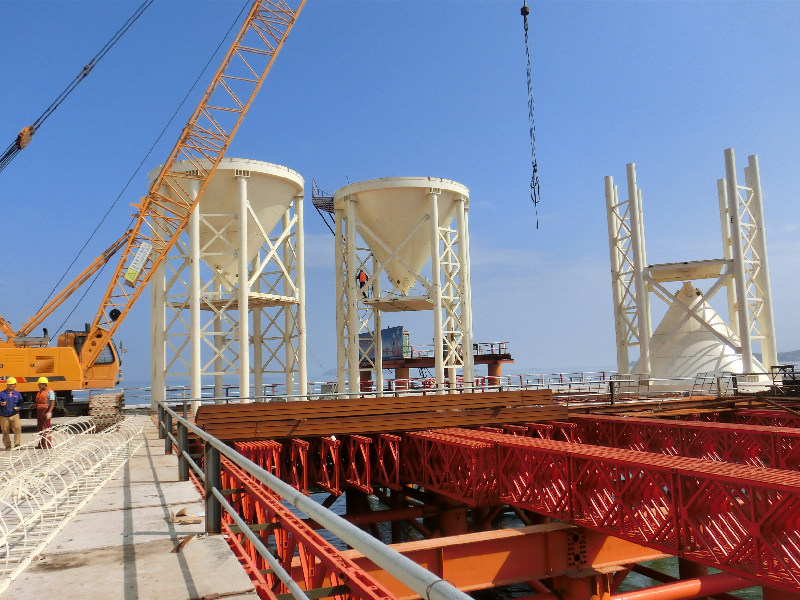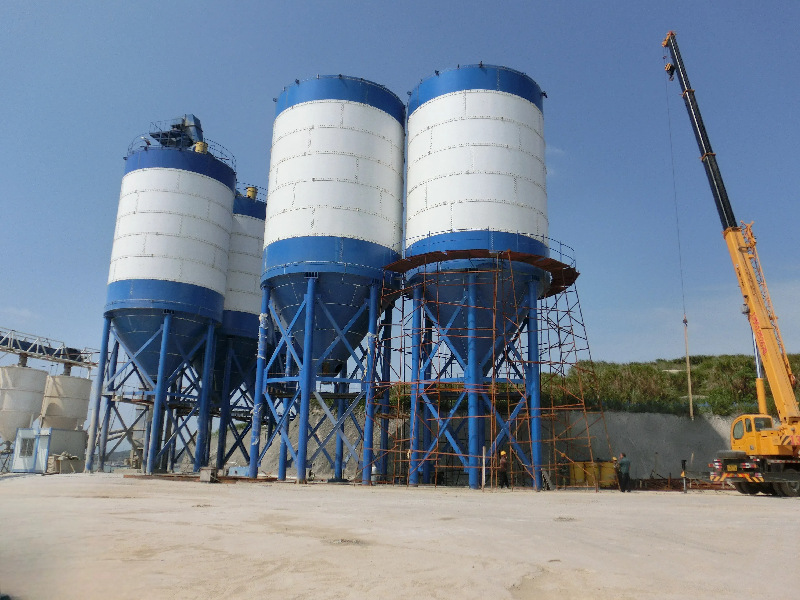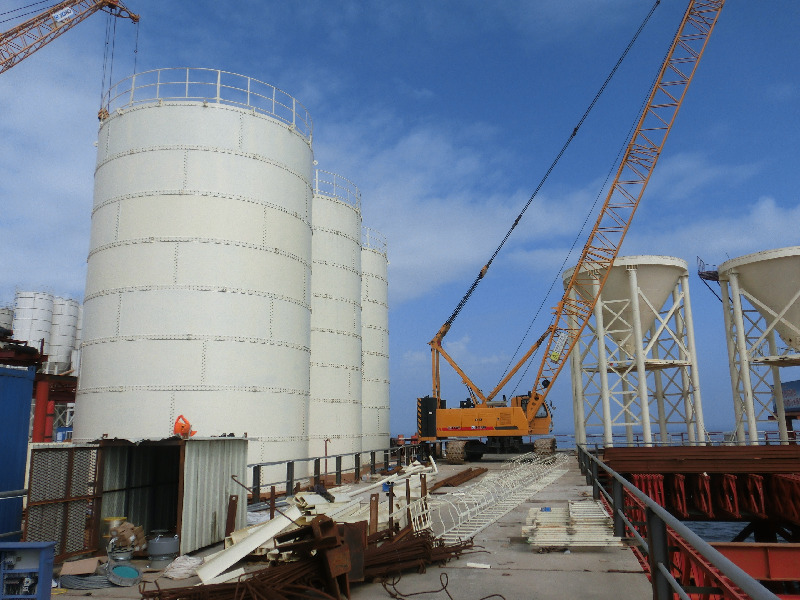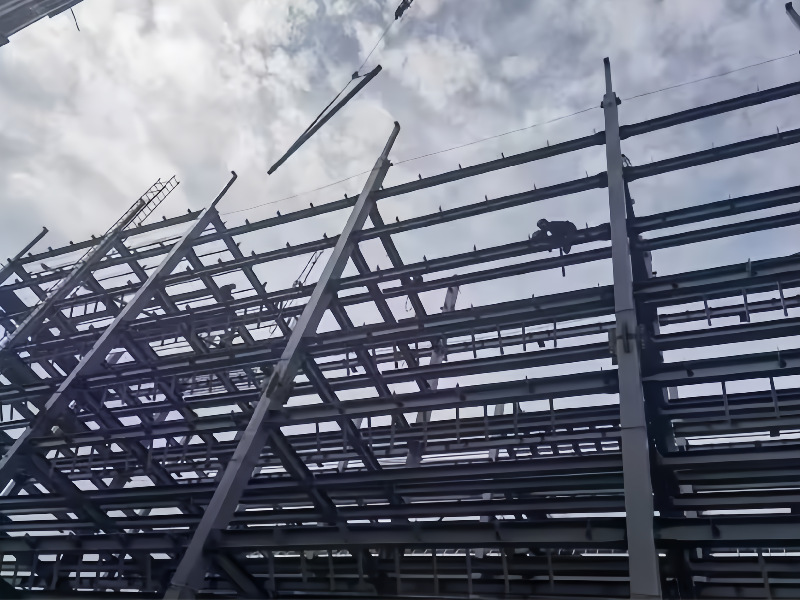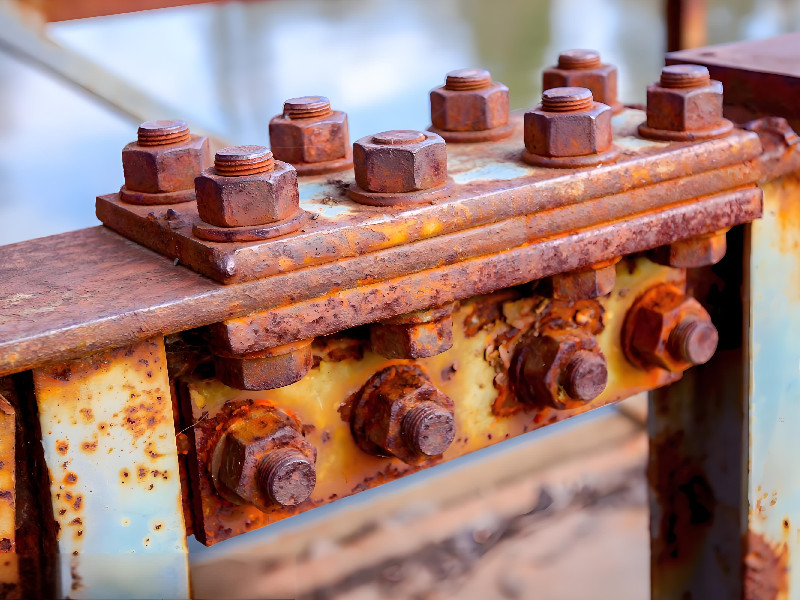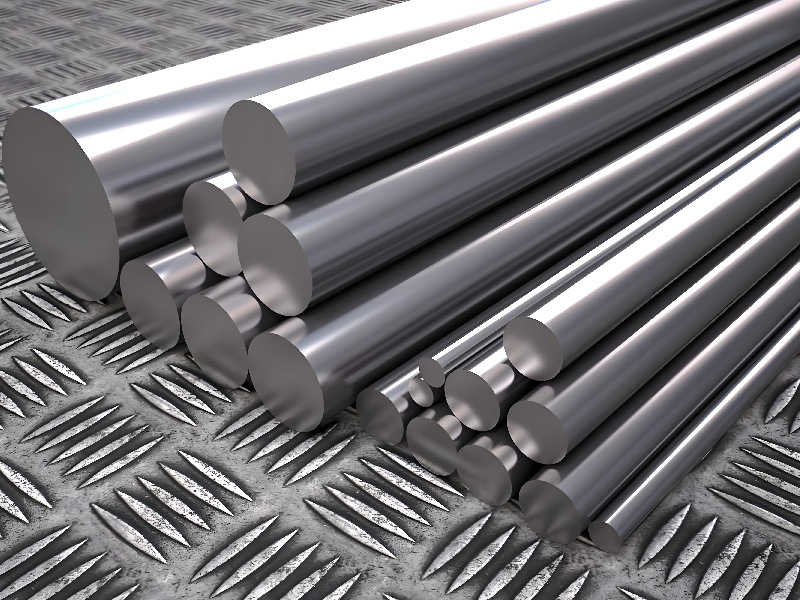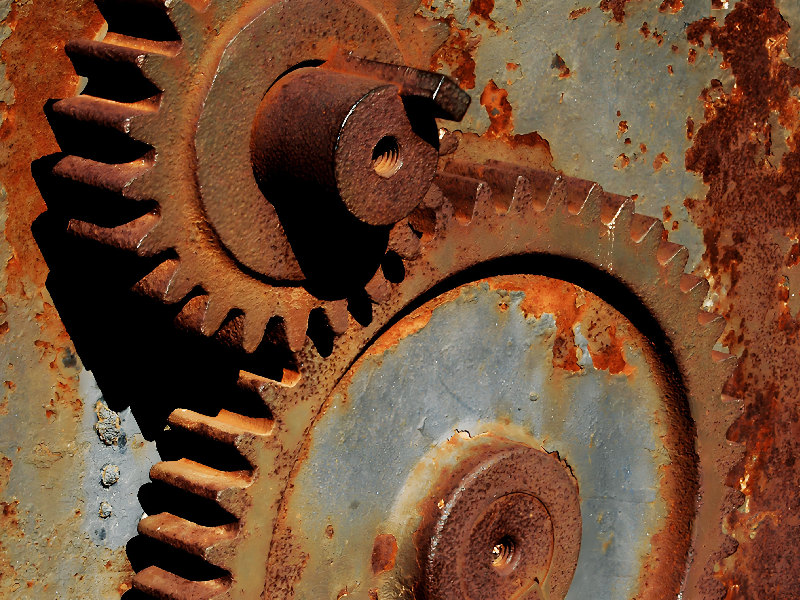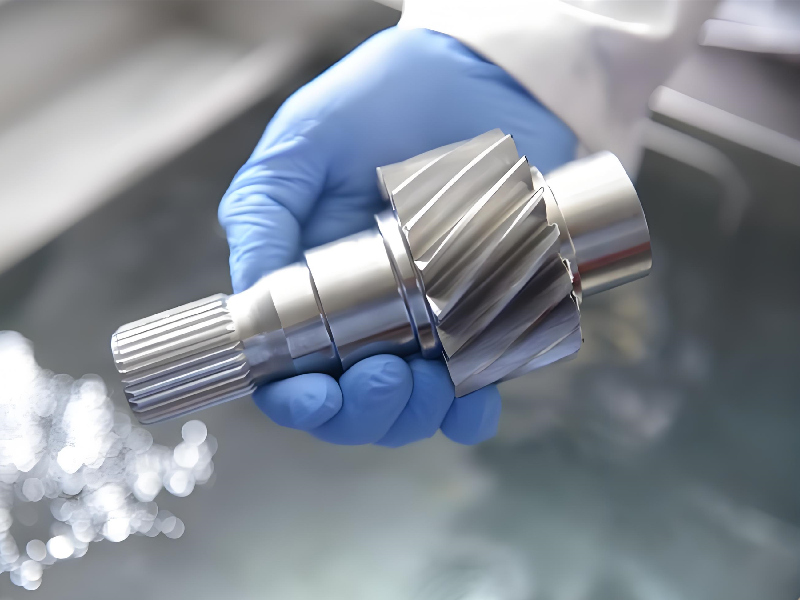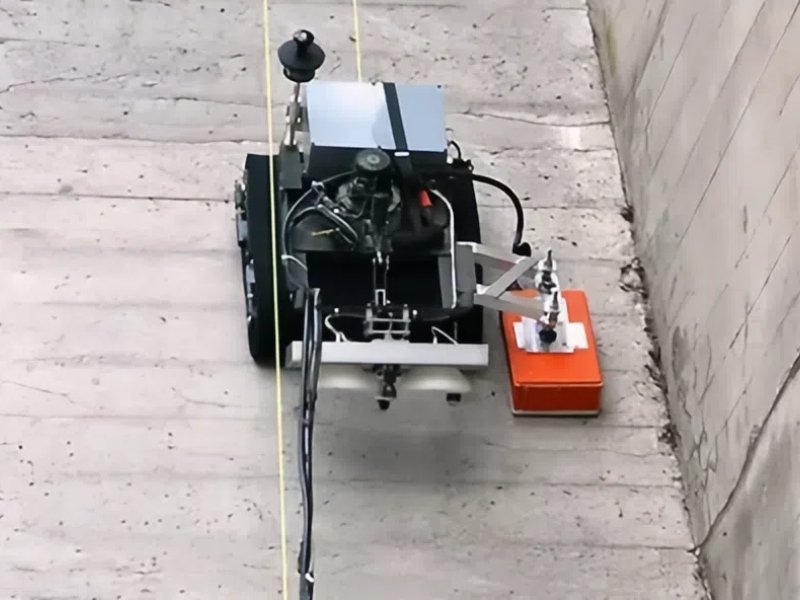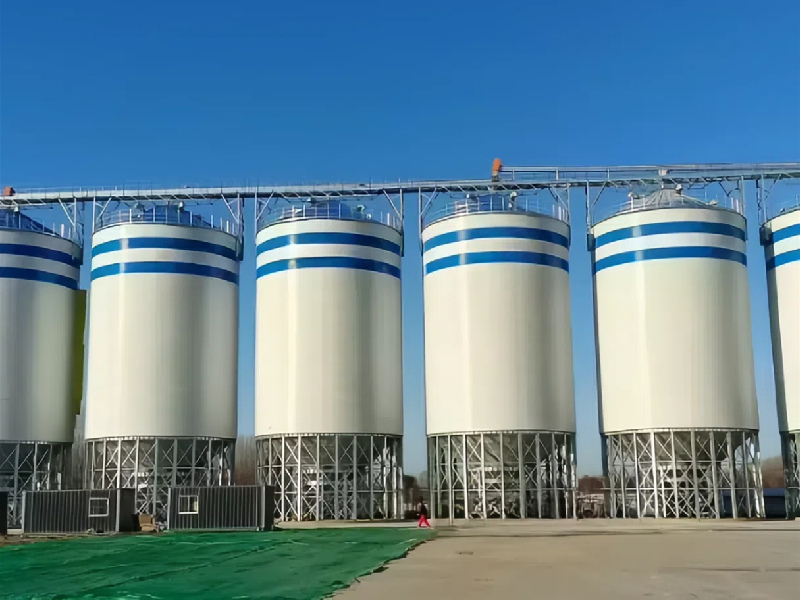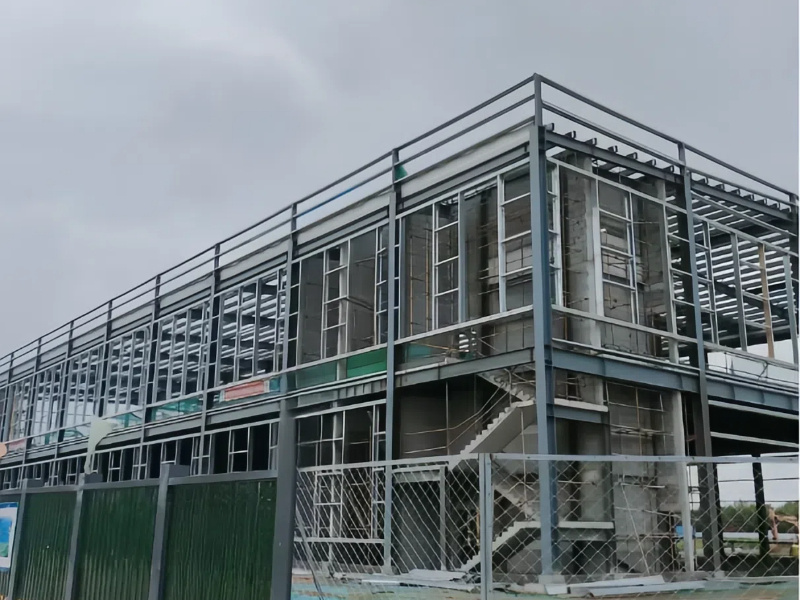Gas-Phase Corrosion Fighters: Unveiling the Future of Metal Protection
Nov 16, 2024
What Are Vapor Phase Inhibitors?
Vapor Phase Inhibitors (VPIs) are low molecular weight compounds that volatilize and adsorb onto metal fabrication parts surfaces to form a protective film, preventing contact between the metal and corrosive media. Unlike traditional corrosion protection methods, VPIs don't need direct contact with the metal part surface to protect every nook and cranny, including hard-to-reach areas like inner cavities, pipes, grooves, and gaps. They are particularly suitable for non-coating protection of complex custom metal fabrication products and components.
How Do Vapor Phase Inhibitors Work?
VPIs work by volatilizing and adsorbing on the metal surface to form a protective film that isolates the metal from corrosive media. They can physically or chemically adsorb on the metal surface, creating a hydrophobic layer that prevents water molecules and corrosive media from contacting the metal. Depending on the adsorption method and mechanism, VPIs are classified as anodic, cathodic, or mixed types, each inhibiting the corrosion process in different ways.
Environmentally Friendly Characteristics of Vapor Phase Inhibitors
With the rise of environmental awareness, the research, development, and application of low toxicity or non-toxic VPIs have accelerated. These new inhibitors not only have minimal environmental impact during extraction, synthesis, and application but also provide effective corrosion protection. For instance, inhibitors extracted from natural plants and marine animals are not only eco-friendly but also highly effective.
Application Prospects of Vapor Phase Inhibitors
Due to their efficiency, economy, ease of use, and long-lasting protection, VPIs have been widely applied in various fields such as machinery, military, and chemical industries. As research on new VPIs progresses, more products are expected to become commercialized and applied in practice, especially in the development of general and efficient VPIs, low toxicity and green VPIs, research on VPIs formulation, and the development of new testing techniques that combine thin film conditions to understand the mechanism of VPIs.
Vapor Phase Inhibitors, as an emerging technology in metal corrosion protection, are becoming an important choice in the field with their unique advantages and broad application prospects. With advancements in technology and increasing environmental requirements, research and application of VPIs will continue to deepen, providing more reliable and environmentally friendly protection for metal products.
Read More
